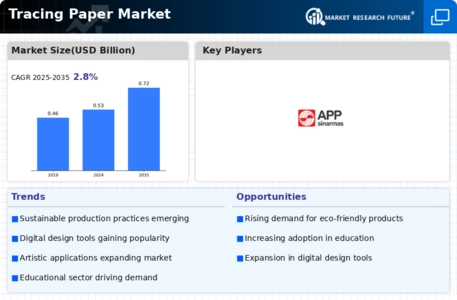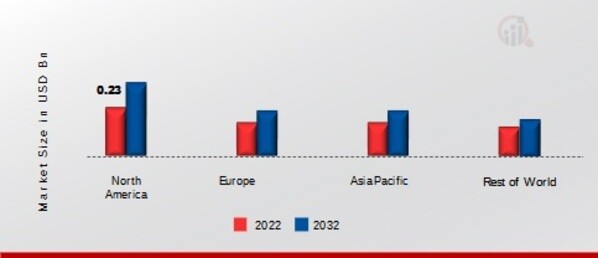Market Share
Tracing Paper Market Share Analysis
Market share positioning strategies in the tracing paper market are vital for companies seeking to establish a competitive advantage and expand their presence within the industry. These strategies encompass various approaches tailored to capitalize on market dynamics, consumer preferences, and the company's unique strengths.
One effective strategy employed by tracing paper manufacturers is product differentiation. By offering tracing paper with distinctive features or qualities, companies can attract customers seeking specific attributes or benefits. For example, manufacturers may develop tracing paper that is exceptionally smooth for precise drawing or tracing, or they may offer environmentally friendly options made from recycled materials. By focusing on differentiation, companies can carve out a niche within the market and appeal to customers with specialized needs or preferences.
Cost leadership is another common strategy utilized in the tracing paper market. Companies employing this approach strive to become the lowest-cost producer within the industry, enabling them to offer competitive pricing to customers. This may involve optimizing production processes, negotiating favorable terms with suppliers, or investing in efficient distribution channels. By providing tracing paper at a lower cost than competitors, companies can attract price-sensitive customers and gain market share through increased sales volume.
Market segmentation is also key to effective market share positioning in the tracing paper market. By dividing the market into distinct segments based on factors such as usage patterns, customer demographics, or geographic location, companies can tailor their products and marketing strategies to better meet the needs of specific customer groups. For example, they may develop tracing paper targeted towards professional artists, architects, or students, each with unique requirements and preferences. By catering to the specific demands of different segments, companies can effectively capture market share within niche markets and strengthen their overall competitive position.
Partnerships and collaborations can also play a significant role in market share positioning for tracing paper manufacturers. By forming strategic alliances with suppliers, distributors, or retailers, companies can leverage their combined resources and expertise to expand their market reach. Collaborations may involve joint marketing campaigns, co-branding initiatives, or exclusive distribution agreements, enabling companies to access new customer segments or distribution channels more efficiently than if operating independently.
Investing in research and development (R&D) is essential for companies seeking to maintain a competitive edge in the tracing paper market. By continually innovating and improving their products, companies can differentiate themselves from competitors and meet evolving customer demands. This may involve developing new manufacturing techniques to enhance paper quality or introducing innovative features to improve usability and performance. By staying at the forefront of technological advancements and market trends, companies can position themselves as industry leaders and capture a larger share of the market.
Branding and marketing strategies are also crucial for market share positioning in the tracing paper market. Building a strong brand identity and effective marketing campaigns can help companies differentiate themselves from competitors and create emotional connections with customers. This may involve highlighting the quality, reliability, or sustainability of their tracing paper through advertising, social media engagement, or participation in industry events. By establishing a compelling brand presence, companies can cultivate customer loyalty and command premium prices for their products, thereby increasing their market share and profitability.
Finally, ensuring regulatory compliance and maintaining product quality are essential for market share positioning in the tracing paper market. Companies must adhere to relevant industry standards and regulations governing paper manufacturing, labeling, and environmental sustainability. By demonstrating a commitment to quality and compliance, companies can build trust with customers and gain a competitive advantage over less reputable competitors. This involves implementing rigorous quality control measures, conducting regular audits, and obtaining necessary certifications to verify product authenticity and safety.


 Source: Secondary Research, Primary Research, Market Research Future Database, and Analyst Review
Source: Secondary Research, Primary Research, Market Research Future Database, and Analyst Review

Leave a Comment